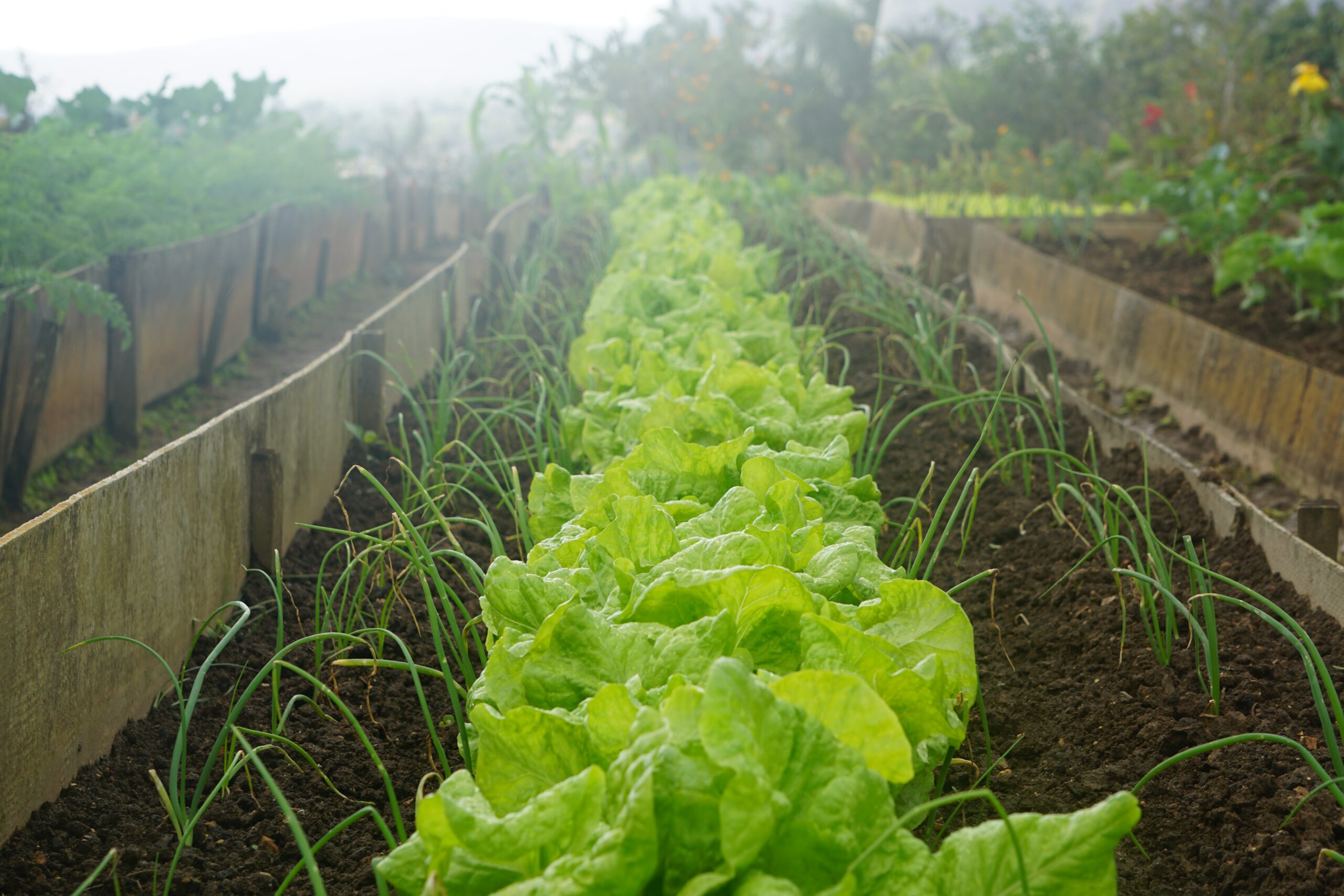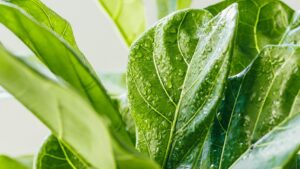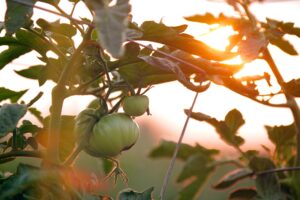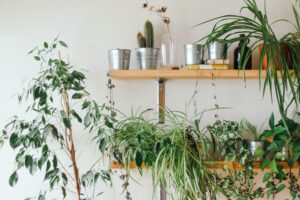How to Grow a Vegetable Garden: A Guide for Novice Green Thumbs

In 2014-15 in Australia, just 7% of adults and 5% of children ate their recommended daily intake of vegetables. Fruit and vegetables are vital for our health, and vegetables are also easy to grow in your garden so there’s really no excuse not to eat the recommended amount. If you’re thinking about starting your own vegetable garden, then we’re to help. Get off-the-grid and create better sustainability for yourself and loved ones by learning how to grow a vegetable garden. Use this guide to get started!
Why Grow Vegetables?
As we’ve already seen, most people in Australia don’t eat enough vegetables. A diet high in fruit and vegetables provides a range of health benefits, including protecting you against cancer, diabetes, and heart disease. Growing your own vegetables means you’re likely to eat far more vegetables than you would have done otherwise.
Growing your own vegetables can also save you money. A packet of seeds can cost you as little as $3 and can provide you with a large crop. In these uncertain times, a single head of cauliflower has been selling for as much as $14.99; for the same price, you could buy almost five packets of seeds and grow plenty of your own cauliflowers. Even without food shortages, growing your own vegetables is a great way to save money. Not only that, but gardening in itself offers plenty of health benefits.
How to Grow a Vegetable Garden
If you’re thinking about growing a vegetable garden, it’s not too hard to get started. Read on as we take a look at some of the steps you’ll need to take.
Before You Start
Before you get cracking, you’re going to need the right equipment. Ideally, you should have:
- a spade for digging
- a fork for turning the soil
- a rake for clearing debris
- a hoe for weeding
- a trowel for weeding and transplanting
- a watering can for watering your plot
- gardening gloves to protect your hands
- a kneeling pad to protect your knees
This shouldn’t set you back too much at all. You can add further items of equipment as and when you need them.
Choose the Best Location
Once you have your equipment, you need to decide where to have your vegetable garden. You’ll want to choose somewhere that gets plenty of sun. Ideally, it should be fairly sheltered from the wind. For your own sake, it’s best to choose somewhere that’s fairly near a water source, too.
You’ll also want somewhere that has good soil. If you really want to get serious you can take some soil samples and test their pH. This could also help influence what you decide to grow.
Decide on a Plot Size
When you’ve settled on an area, you need to decide how big to make your plot. We would definitely recommend starting small to begin with. It’s much better to have a small, well-tended vegetable garden than a large one that’s too much for you to handle. You can always extend your vegetable garden when you feel more confident, or your need space for more vegetables.
Choose the Vegetables You Want to Grow
Your next decision should be what vegetables you want to grow.
You’ll need to consider how much room each type of vegetable will need as well as what kind of conditions they need to grow well. Don’t forget to factor in your personal tastes; there’s no point growing hundreds of cabbages if you don’t really like cabbage.
If you’re looking for fairly easy vegetables to grow at first, consider carrots, capsicum, cucumbers, and lettuce.
Plan Your Layout
Before you start planting, you need to consider how you’re going to lay out your vegetable garden.
You need to take into consideration how much space your vegetables will need, as well as their requirements for sunlight and how tall they will grow. Work out where you’re going to plant each of your different vegetables making sure they all have adequate room.
Remember there’s nothing that says you have to plant in straight rows; feel free to get creative with your layout.
Plant your seeds
If you’re planting seedlings, it’s best to do this on a fairly cloud day to reduce the shock of transplantation. If you can’t wait for a cloudy day, then do this early in the morning instead.
If you’re planting seeds, be sure to follow the instructions on the packet. Remember to use the spacing you worked out when you planned your layout. Firm down the soil where you’ve planted and lightly water.
Start Digging
Stake out the borders of what will be your vegetable garden. Now it’s time to dig.
Use a spade to divide the area into small sections, then use your fork to lift the sod one section at a time. Shake out any loose soil and discard the sod.
Once you’ve covered the whole area, dig down about 12 inches for each section and turn the soil over to aerate it. Remove any stones or other debris you find as you go along. When you’ve covered the entire area, rake the soil to make it level and ready for planting.
Maintenance
Once your vegetables are planted, the next phase is to take care of them as they grow. This is particularly important in the early days when seedlings are at their most fragile.
Watering
Use a watering can, or a hose with a rain shower setting. When seedlings are small, try to water the soil around the seedlings, rather than directly onto them.
Let the soil inform you when it comes to watering. If the soil sticks into a ball and stays together, then it’s moist enough. If it crumbles and won’t hold together, then it needs more water.
Try to water first thing in the morning. This will ensure that your vegetables have plenty of water throughout the day. Watering in the evening can also mean that the foliage stays wet overnight which can cause problems with disease.
Different vegetables require different amounts of water, so do your research and be sure that each type is getting the amount of water it needs. You’ll need to water less during cooler spring or autumn months.
Weeding
Weeding is something that should be done regularly if you want your vegetable garden to be a success.
You can pull up weeds either by hand or using a hoe. Be sure that you’re getting the roots as well as the leaves, or they’ll be back before you know it.
Adding a layer of mulch is also a good way to keep weeds at bay. Mulch blocks out the light from the soil, stopping weed seeds from germinating. It also covers the soil meaning that weed seeds are unable to land and take root.
Fertilising
Vegetables need plenty of nutrients to grow so that they can provide them to you in turn when you eat them. Using fertiliser can help provide your vegetables with the food they need.
Fertilisation is something you can do all year round, but how often you do it and the type of fertiliser you use will depend on what you’re growing. Spring crops such as lettuce and cabbage don’t require much fertilisation. In comparison, summer vegetables such as tomatoes require topping up with quick-release fertiliser every three or four weeks.
You don’t necessarily have to buy fertiliser; you can make excellent compost from your kitchen scraps.
Reaping the Rewards
The final stage in growing a vegetable garden is by far the most rewarding. You finally get to reap what you have sown.
It’s always best to pick your vegetables when they are young and tender, but don’t pick them until you plan to use them. Going to your vegetable garden to pick some vegetables to cook with straight away is a true joy.
For root crops, pull them up when they have reached the size you would usually eat them. Leafy crops such as lettuce should be cut two inches from the ground. In this way, you should be able to get a second harvest from the roots.
Once you’ve harvested your vegetables, clean out their beds, and you’re ready to start the process all over again.
Are You Ready to Start Growing Your Own Vegetables?
Now you know how to grow a vegetable garden, all you need is the right equipment and something to plant.
We can help you with both of those. We have a wide range of fruit trees and edibles available for you to plant, including carrots, capsicum, spring onions, and zucchini. We also have a large selection of seeds including cabbage, cauliflower, lettuce, radish and eggplant.
We also stock garden essentials including watering cans and fertiliser. If you’re not sure what you need, get in touch and one of our staff will be able to help.
-
 19, Aug, 2022
19, Aug, 2022How to Grow and Care for Your Indoor Fiddle Leaf Fig
The Fiddle Leaf Fig – or Ficus Lyrata – is a popular... -
 19, Aug, 2022
19, Aug, 2022Growing Vegetables, our Top Tips!
Growing your own vegetables can be so rewarding. We’ve collated... -
 14, Jul, 2022
14, Jul, 2022The top 9 things you need to know about Indoor Plants
Indoor plants are a great way to liven up a...


